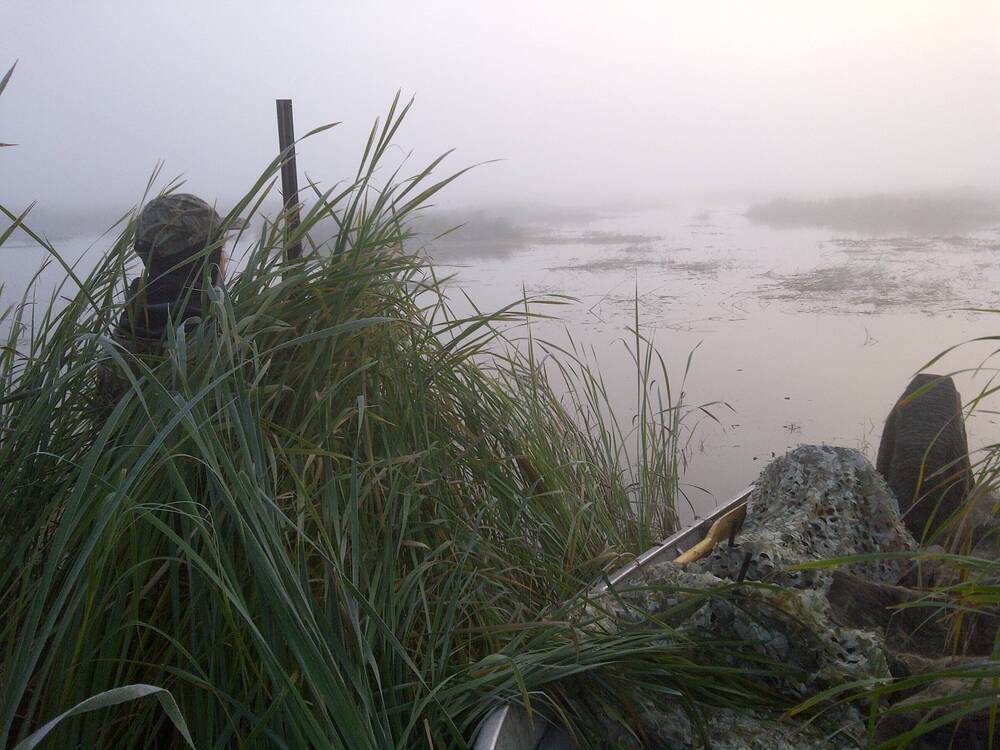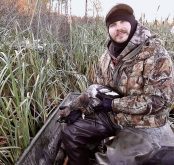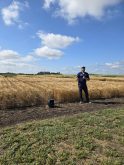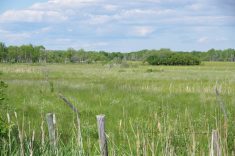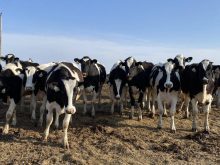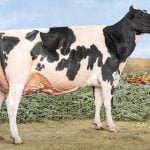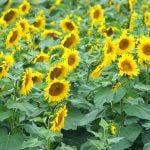The calendar says autumn starts Sept. 21, but many of us look for signals from nature, particularly anyone looking to hunt in the fall.
In early August, I’m already on the look out for small feeding groups of blue-winged teal ducks on local wetlands. Their fall feeding binge starts early, because so does their migration. Their annual trip is well underway by the third week of August, when most other ducks are still enjoying the summer up here.
Early August also means the return of goose honking into the dawn soundscape as small groups of local geese begin feeding flights out to farm fields. Geese migrate much later than teal, but the body-building process is under way.
Read Also
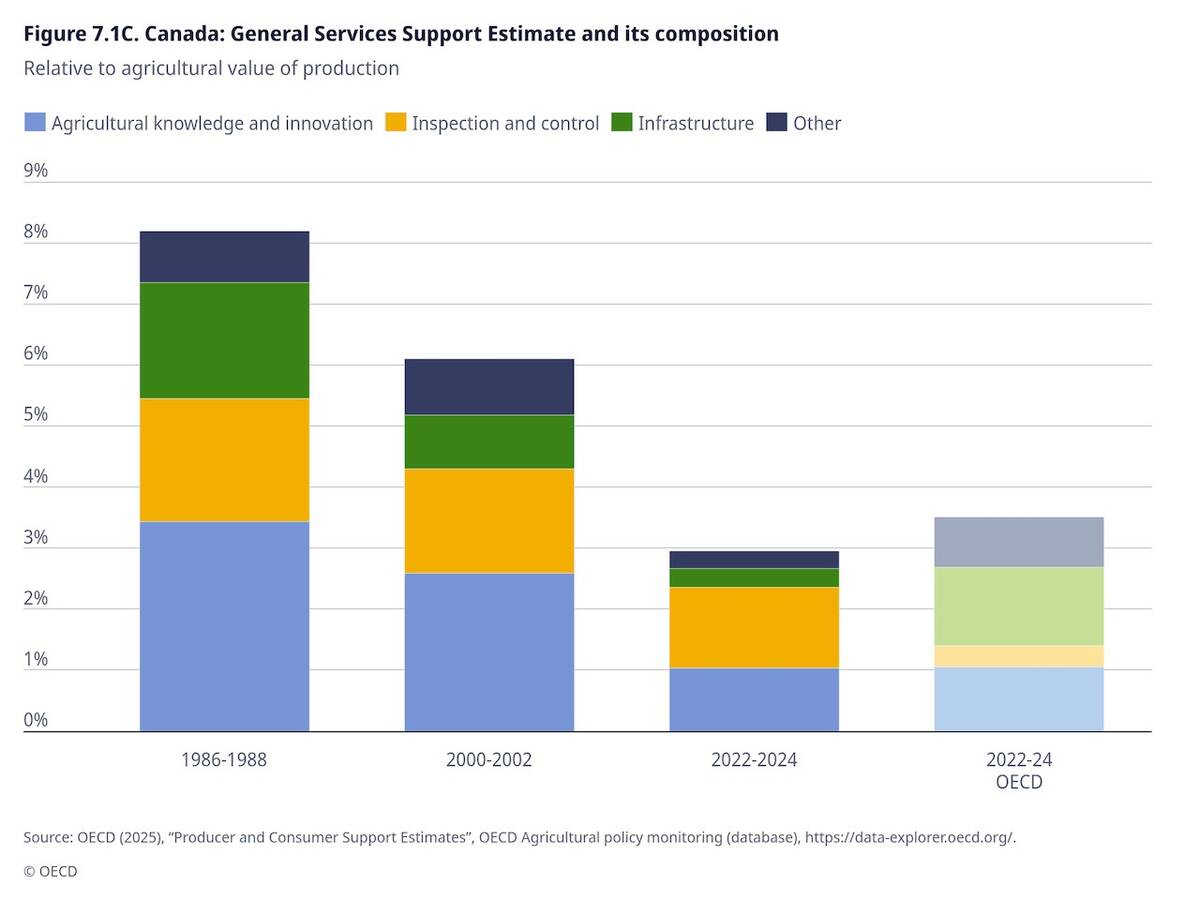
OECD lauds Canada’s low farm subsidies, except supply management
The Organization for Economic Co-operation and Development says Canada’s farm subsidies are among the lowest, but still criticized supply management industries like dairy, poultry and eggs.
Flock sizes are modest through August and early September, but build rapidly after mid-September, when arctic migrants join the party.
As well as appreciating nature, these early signals are a reminder to start preparations for the upcoming hunting season. My autumn, like those of many hunters, will include hunts for grouse, waterfowl or white-tailed deer.
Sizing up hunting opportunities this fall
Populations of most hunted species wax and wane from year to year. Weather is a major factor in those fluctuations.
With waterfowl and grouse, assessments during the most recent winter and spring will tell us much about what population to expect come fall. For deer, looking at the previous two winters gives a more complete picture of autumn populations.
Wildlife scientists and hunters have had a long-running debate as to whether native grouse species are cyclic. In other words, do populations rise, peak and crash over a fairly predictable time period – say 10 years? Or is it simply in the birds’ biological nature to go through large fluctuations from year to year because of weather, predators or some other extrinsic factor?
Unlike waterfowl, which are highly visible in the landscape, grouse are much more secretive, making them notoriously difficult to study. Because of that, I can’t see this debate ever being reasonably settled.
Personally, I am not in the cyclic camp.
An important consideration for grouse numbers is that females will lay 10 to 20 eggs in the spring. If survival of the nests and young is high, the birds can be common after one good nesting season. If the nesting season is a bust, grouse will be hard to find no matter how many steps you take.

After five decades of hunting grouse and having discussions with wildlife managers, my sense is that the birds seem to do well when May and June are dry, and not so well when those months are wet and cool. This spring fell into latter category, so I am not expecting a banner year for grouse, but would welcome being proven wrong.
Hungarian partridge, a Eurasian grouse species introduced over a century ago, which has settled into Manitoba’s southern farming areas, are a little more predictable. Unlike native grouse, they are not well adapted to winter. Being seed eaters, cold winters with lots of snow seriously reduce their food supply, causing die-off.
Our last winter was mild and relatively dry, so Hungarian partridge hunters are keen with anticipation.
In case anyone wonders how they fare on the table, they’re some of the most delicious wild game available in this area. A hunting friend said they remind him of pork tenderloin and, if you don’t overcook it, I tend to agree.
Ducks and geese
The outlook for nesting ducks across the Prairies was bleak when the modest snowpack melted away this spring. Much of the region was already in drought. Wetlands were low or even dry. Spring waterfowl survey crews noted some of the driest conditions in a dozen years in southwestern Manitoba and eastern Saskatchewan.
Then the rains came. The Prairie pothole region saw well above-normal rainfall through the spring and early summer.

That improved wetland water levels, but came too late for many ducks that would have normally nested there. One of the first decisions ducks make after spring migration is whether to breed. If the breeding grounds are dry, many birds keep moving to wetlands in northern, forested regions.
Here, they generally sit out breeding season, waiting for better times the next spring. Birds that did stick around and nest will have benefited by all the rain.

Canada and snow geese, on the other hand, were relatively unimpeded by weather, both on the Prairies and farther north. Judging by the number of large, early goose broods in evidence, local birds have done well.
Arctic-nesting birds, whose breeding success can be severely diminished if spring is delayed and winter snows persist long enough to impact food supply, generally found favourable conditions this year. There should be large numbers of young birds in the mix when they come through this fall.
Bird behaviour
There is a big difference between grouse and waterfowl when you look at the relationship between population size and hunting opportunities.
Grouse don’t stray far from where they were raised. If your favourite grouse spots had a good nesting season, you can expect to find good hunting, but generally, you don’t find that out until your first walk afield. When I call up landowners to seek access permission, I always ask if they have been seeing birds. If they have seen a few, I’m probably looking at a good hunt.
Ducks and geese are much more mobile, even before migration. After the nesting and moulting periods, they are on the move to find good feeding and resting areas. Because of this, you can’t predict bird numbers based on location of breeding birds.

Like other hunters, I have go-to spots that often attract birds in the fall, but I also have to be willing to scout new areas if they don’t pan out. This is especially true for hunts on farm fields where birds move day to day and there is need to gain landowner permission.
In well-known field hunting areas, like around Oak Hammock Marsh or Whitewater Lake, competition for premium field hunts can be brutal. Many local hunters avoid such areas for that reason.
Deer on the rise
Deer hunters should be smiling after last year’s mild winter. That translates to low winter deer losses and higher fawn production. Twin fawn sightings have been common this summer, and triplets have been spotted. Deer numbers are definitely on the upswing.
Hunting regulations for 2024
Manitoba’s bird hunting regulations and limits are pretty much unchanged from last year. Waterfowl hunting started Sept. 1 across the province and upland game bird hunting opens Sept. 8.
The major change to waterfowl hunting occurred last year with the introduction of a draw-based licensing system for non-Canadian, non-resident waterfowl hunters. That does not impact Manitoban or Canadian residents.
There is growing concern about avian influenza in waterfowl, but the issues are mainly tied to its impact on agriculture. If hunters take normal sanitary precautions when cleaning birds, there should be no concerns. See the 2024 Manitoba Hunting Guide for more information.
Changes to deer hunting
Bigger adjustments were made to deer hunting regulations because of higher deer numbers and an evolving response to chronic wasting disease.
Like last year, hunters may purchase a deer licence that can be used during the archery, muzzleloader or general deer seasons. With higher deer numbers, there are 11 additional game hunting areas where a second deer tag may be purchased. A much smaller number of areas allow for a third tag.
Consult the 2024 Manitoba Hunting Guide to confirm local rules. Remember that second and third tags are for deer without antlers only.

In most of the province, archery season opened Aug. 26, the muzzleloader season opens Oct. 21 and the general deer season opens Nov. 11. A few areas have different opening and closing dates. Again, check the hunting guide to confirm dates in your region.
Manitoba continues to offer a great deal on mule deer tags in western areas of the province. Mule deer hunters may purchase up to three tags at the low price of $5.50, and they may hunt until early February. This liberal hunting opportunity is part of Manitoba’s effort to manage chronic wasting disease. Mule deer in Manitoba have higher rates of the disease.
Impact of chronic wasting disease
Positive chronic wasting disease tests were reported last winter from two deer near the U.S. border in south-central Manitoba. All previous cases had been reported from the far western side of the province.
This was disappointing but not surprising. The illness is present in Saskatchewan, North Dakota and Minnesota. In the bigger picture, though, the Manitoba surveillance program shows disease levels are still low. The provincial chronic wasting disease website reports that, from 10,399 samples to date, only 26 animals have tested positive.
That said, we have to expect numbers will increase over time.
Like last year, hunters are required to submit samples from animals taken in all hunting areas on Manitoba’s southern and western borders (except in the far north) and a few regions further into the province, to be tested for chronic wasting disease. The province also added a biological sample section to game tags this year, but the hunting guide states that its use is optional.
Hunters must submit the head and upper neck of their deer to a drop-off depot within 48 hours of taking an animal. Antlers and a small portion of the skull cap may be removed beforehand. Provincial wildlife managers need this program to track the disease and hunters get a free testing service for their venison.
While there are no confirmed cases of people contracting the disease, health experts recommend that, out of an abundance of caution, meat from positive animals should not be eaten.
Because the situation continues to evolve, hunters are advised to check the provincial chronic wasting disease website before going in the field.
Looking forward to the hunt
Manitoba continues to have excellent hunting opportunities for ducks, geese, grouse and deer. As has always been the case, hunters who put in the time to scout, walk, paddle or wait patiently in a blind can expect to come home with memorable outdoor experiences and some premium protein for supper.


